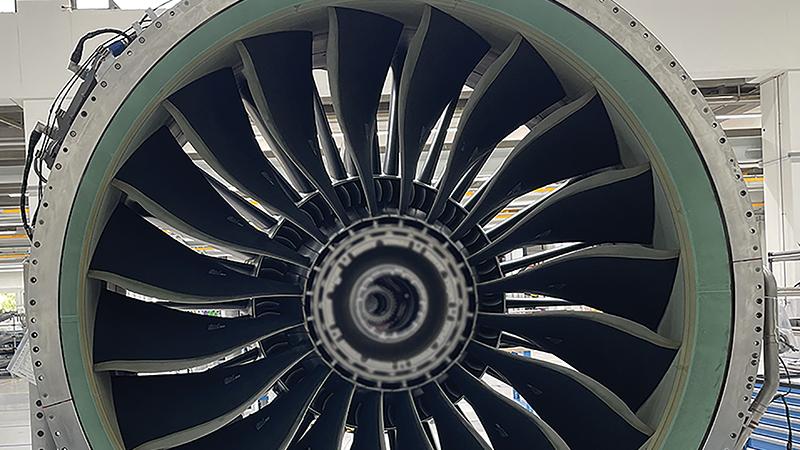
SR Technics introduced plans to undertake at least 1,000 GTF shop visits under its 10-year agreement with Pratt & Whitney.
Credit: SR Technics
SR Technics has added further shop capacity for the Pratt & Whitney geared turbofan aftermarket following the opening of a new overhaul facility here and reactivation of a second test cell expected to come online before year-end. At a ceremony attended by SR Technics, Pratt & Whitney, Swiss...
SR Technics Readies For The GTF Aftermarket is part of our Aviation Week & Space Technology - Inside MRO and AWIN subscriptions.
Subscribe now to read this content, plus receive full coverage of what's next in technology from the experts trusted by the commercial aircraft MRO community.
Already a subscriber to AWST or an AWIN customer? Log in with your existing email and password.





